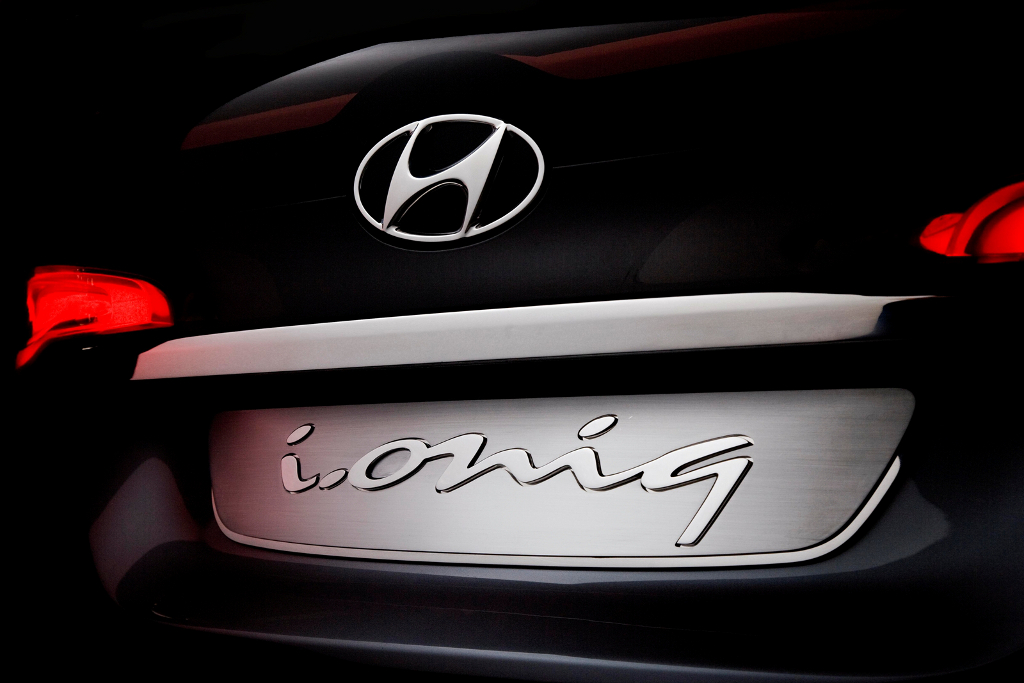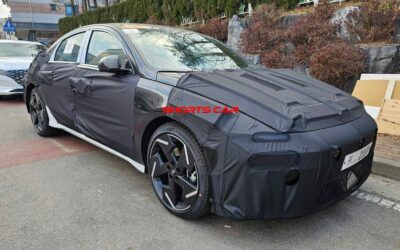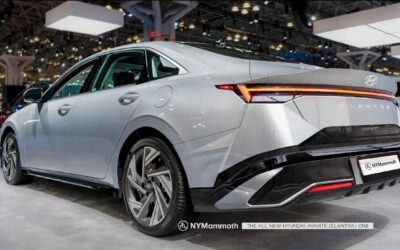Hyundai plans to roll out 22 new models in Europe over the next four years as it tries to rekindle its once double-digit growth rate.
[ads id=”0″ style=”float:left;padding:5px;”]“We’re calling this ‘Product Momentum 2017.’ These products will help us to sustain our growth and ultimately to achieve a 5 percent market share in Europe,” said Mark Hall, head of marketing at Hyundai Motor Europe.
Hyundai Europe recently pushed back its target of reaching a 5 percent European market share to the end of the decade, from previous guidance for 2016 at the earliest, following a worse than expected decline in the market. Hyundai’s sales growth in Europe has averaged nearly 10 percent in the past two years, lifting its share of the market to 3.4 percent last year from 2.6 percent in 2010.
But in the first half of 2013, volumes dipped by 3.6 percent. Hyundai’s European market share was at 3.5 percent, in line with its 2013 target. Executives at Hyundai said most of the 22 new models will be replacements, like the next generation i10 minicar that premieres this week at the Frankfurt Auto Show.
One source at the company said, however, that it would also include new products, like a subcompact SUV that is currently missing from its lineup and could debut as early as 2016. Tempting buyers with new product is important, since Hyundai could eventually face a wave of customer departures.
Many of its cars, like the i10, were bought by price-sensitive customers in 2009, when a host of European governments subsidized the purchase of new cars through scrappage schemes. About three-quarters of the 3.3 million Hyundai cars on the road in Europe are fewer than seven years old.
“Our challenge is to keep owners of these vehicles when they replace them, and improving loyalty forms a key element of our plan to develop Hyundai in Europe,” said Hyundai Europe Chief Operating Officer Allan Rushforth.
Rushforth is putting a great hopes on the new i10, which Hyundai says offers the features of a larger, more expensive subcompact for the price of a minicar.
He forecast that the minicar segment would grow to about 25 percent by 2016. Hyundai aims to sell 74,000 i10s in Europe next year, giving it an estimated share of the segment of 6.3 percent. Since the i10 was launched in 2007, a total 450,000 customers have bought the model in Europe, gaining an average 5.9 percent share of that segment.
The bulk of the new i10s will be built in Hyundai’s plant in Izmit, Turkey, where the company invested 475 million euros ($629.5 million) to expand capacity by 60 percent to 200,000 vehicles per year.
Source: Reuters






